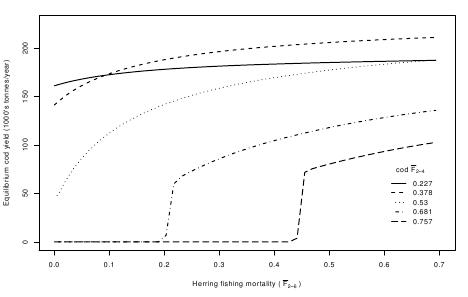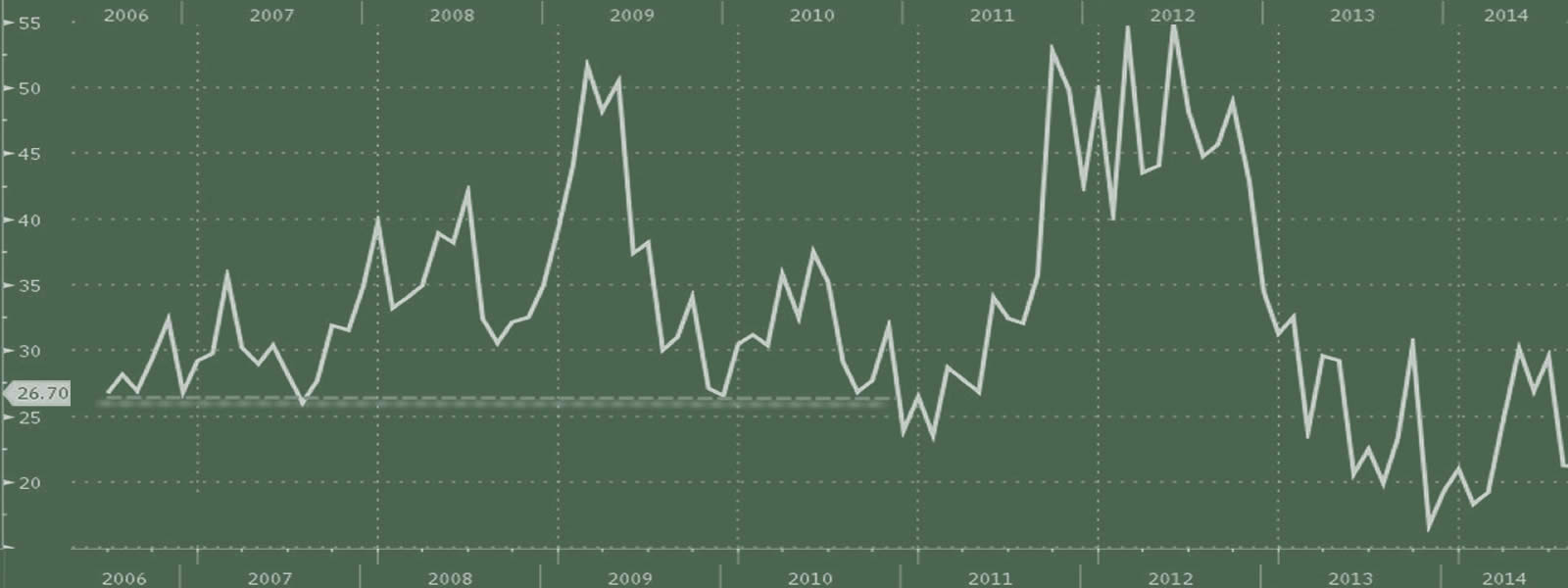FishSUMS is a partial ecosystem model which simulates in detail a cadre of 10-15 focal species, each of whose populations is represented by a series of discrete length classes representing the full life-history from egg to adult. Predation between species is specified by a generic distribution of the prey-predator size ratio, so that the length classes of all species form an integrated food web. The focal species are selected from those that are commercially or ecologically important in a given ecosystem, together with others that are important as predators or prey. In addition, in order to represent basal and alternative sources of food for the cadre focal species, the rest of the ecosystem is subdivided into zooplankton, benthic invertebrates and `other fish', each of which is modelled by a simple biomass length spectrum divided in to bins of equal width on a log scale of organism weight. The length based structure of the cadre of focal species is a key feature which sets FishSUMS apart from other multi-species food web models based on age-classes. In the latter, predator-prey links between species age classes must be parameterised explicitly from data, whilst in FishSUMS diet composition is a simulated output and observed data become a validation or fitting resource rather than a necessity for parameterisation. The model outputs are times series of total stock biomass (TSB), recruits and fisheries landings and discards, diet composition, and the population length distributions, for each of the cadre of focal species.

Figure: Equilibrium yield of cod against herring fishing mortality under different levels of cod fishing mortality.
FishSUMS is designed to simulate cascade dynamics – e.g. the propagation through the focal species food web of the effects of changes in harvesting rates, or climate-driven changes in recruitment performance. The model has been thoroughly parameterised for the North Sea and intensively compared with observed diet and survey species abundance and length distribution data. Model implementations are in progress for regions of the west of Scotland supported by NERC and Marine Scotland research grant and DTG funding. The model is available as a package for the R statistical environment from a sharepoint site at the University of Strathclyde and is supported by professional documentation and version control.
Key reference: Speirs, D.C., Guirey, E.J., Gurney, W.S.C. and Heath, M.R. (2010). A length structured partial ecosystem model for cod in the North Sea. Fisheries Research 106, 474-494.

